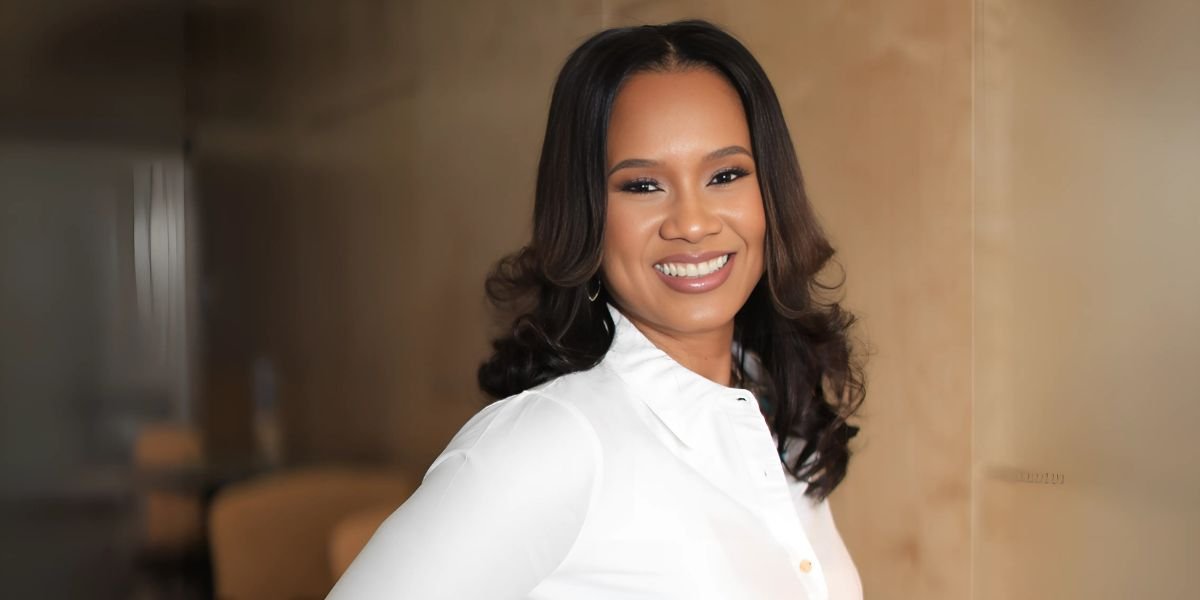What is Ethical Fashion?
Ethical fashion goes beyond just stylish clothes. It’s about the entire lifecycle of a garment, from the sourcing of raw materials to how the final product lands in your closet. Here are some key aspects of ethical fashion:
- Transparency: Knowing where your clothes come from and how they’re made is crucial. Ethical brands are upfront about their supply chains, allowing consumers to see if fair labor practices are followed and sustainable materials are used.
- Fair Labor Practices: This means workers throughout the production process are treated with dignity and respect. This includes fair wages, safe working conditions, and no child labor.
- Sustainability: Ethical fashion considers the environmental impact of clothing production. This involves using eco-friendly materials like organic cotton or recycled polyester, minimizing water usage in manufacturing processes, and reducing textile waste.
The traditional fashion industry has a dark side. Fast fashion, known for its trendy, low-cost garments, often relies on exploitative labor practices in developing countries. Production processes can also be highly polluting, contributing to environmental damage. Ethical fashion offers a more responsible alternative, addressing these concerns and promoting a more sustainable future for the clothing industry.
“Consumers are becoming increasingly aware of the environmental and social costs of fast fashion,” says a recent industry report. “This is driving demand for ethical fashion brands that prioritize transparency and sustainability.”
What Consumers Can Do
The power lies with consumers. Here’s how you can be part of the ethical fashion movement:
Do your research: Look for brands that are transparent about their supply chains and labor practices. Certifications like Fairtrade or GOTS (Global Organic Textile Standard) can be helpful indicators.
- Uncover the story behind your clothes: Take some time to visit a brand’s website or social media pages. Do they provide detailed information about their manufacturing processes and where they source their materials? Do they openly discuss the wages and working conditions of their garment workers? Transparency is key in identifying truly ethical brands.
- Helpful certifications: Look for certifications that demonstrate a brand’s commitment to ethical practices. The Fairtrade certification indicates that producers have received fair prices and that worker rights are protected. GOTS is a rigorous standard that ensures textiles are made from organic fibers and that stringent social and environmental requirements are met throughout the production process. While certifications aren’t foolproof, they can be a good starting point in your research.
Invest in quality over quantity: Opt for well-made, timeless pieces that will last longer, reducing your overall clothing consumption.
- Change your approach to shopping: Resist the urge to impulsively buy every fast fashion trend. Instead, focus on purchasing well-crafted pieces made from durable materials.
- Classic looks and functionality: Choose garments with timeless styles that can easily be mixed and matched within your existing wardrobe. Look for quality stitching, attention to details, and fabrics that stand the test of time.
- Cost per wear: While a higher quality piece may have a higher price tag, consider the cost per wear. An item you’ll treasure for years to come reduces your overall clothing spending in the long run and minimizes waste.
Embrace pre-loved fashion: Give pre-owned clothes a new life by shopping at thrift stores or consignment shops. This extends the lifespan of garments and reduces the environmental impact of clothing production.
- Treasures with stories: Thrift stores and consignment shops offer unique pieces you won’t find in a typical retail store. You can score high-quality items for a fraction of the original price, often even designer labels.
- Reduce textile waste: Buying pre-loved clothing keeps garments out of landfills, reducing pollution associated with fashion waste.
- Support your community: In many cases, thrift stores and consignment shops support local charities or social programs, creating additional benefits for your community.
Remember: Small actions can make a big difference. By thoughtfully choosing where you spend your clothing dollars, you’re not just updating your wardrobe – you’re shaping the future of the fashion industry.
Ethical fashion is no longer a niche market. Major clothing retailers are starting to take notice, with increasing awareness among consumers driving the demand for sustainable and ethically produced garments. Technology can also play a role in promoting transparency. Blockchain technology, for example, can be used to track the origin of materials throughout the supply chain.
While challenges remain, the future of fashion looks promising. As consumers continue to prioritize ethical considerations, the fashion industry will need to adapt. This shift towards transparency, fair labor practices, and sustainability will benefit everyone – workers, the environment, and style-conscious consumers who want to look good and feel good about the clothes they wear.







